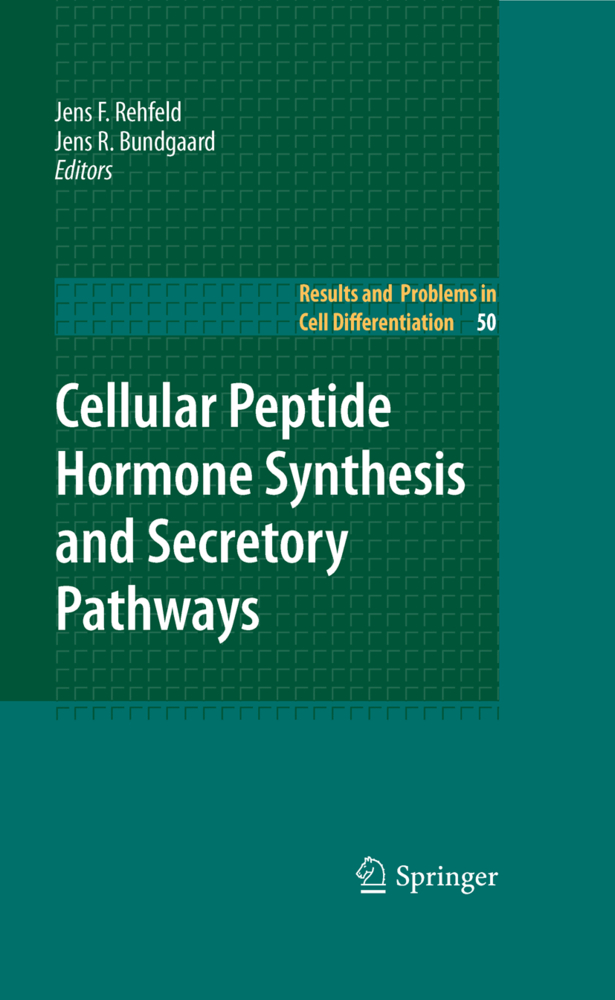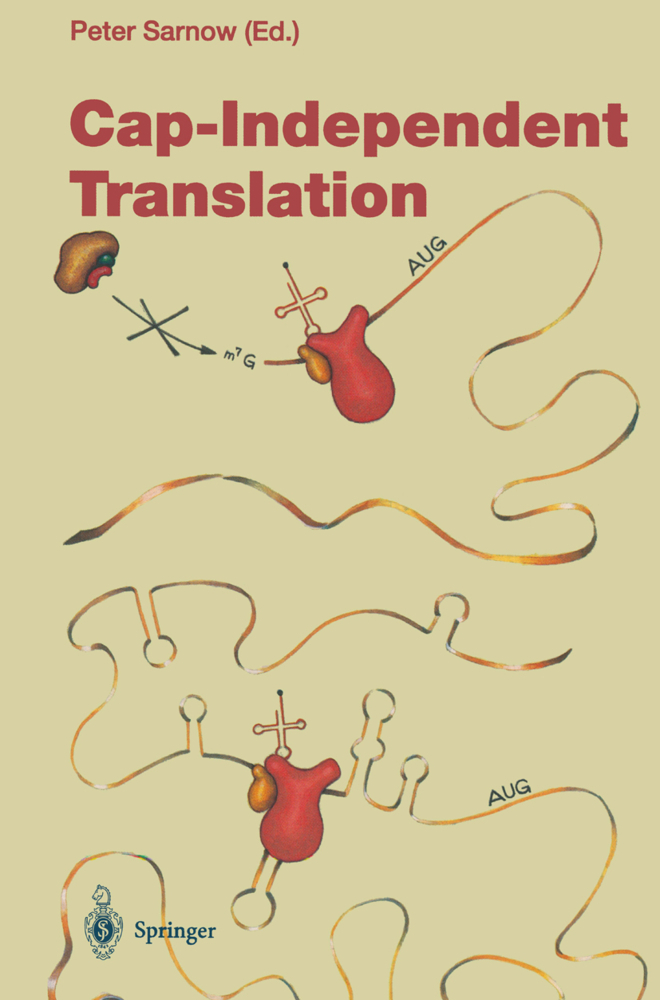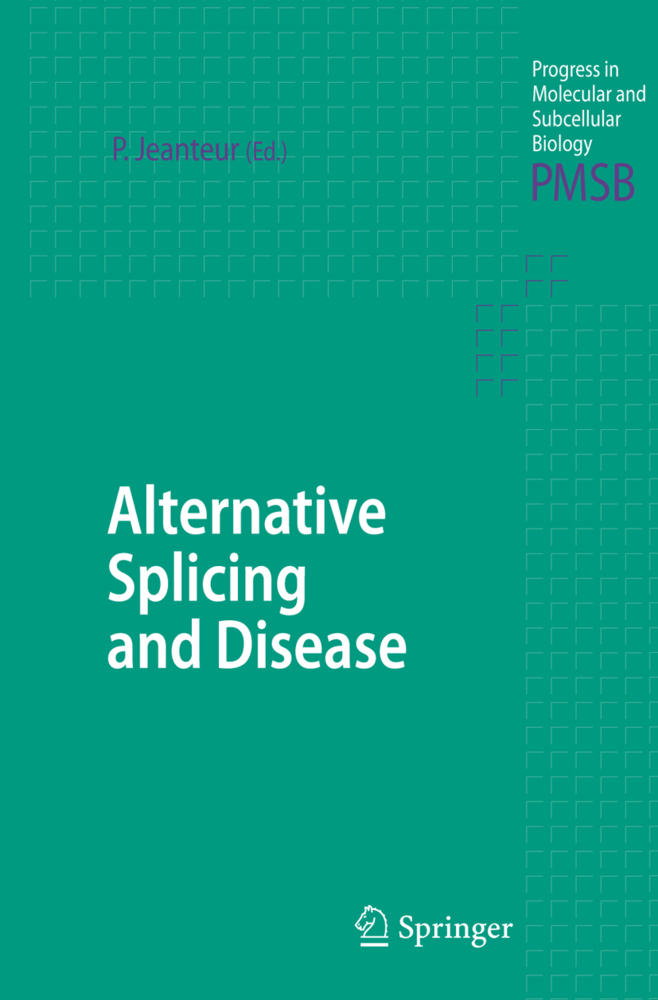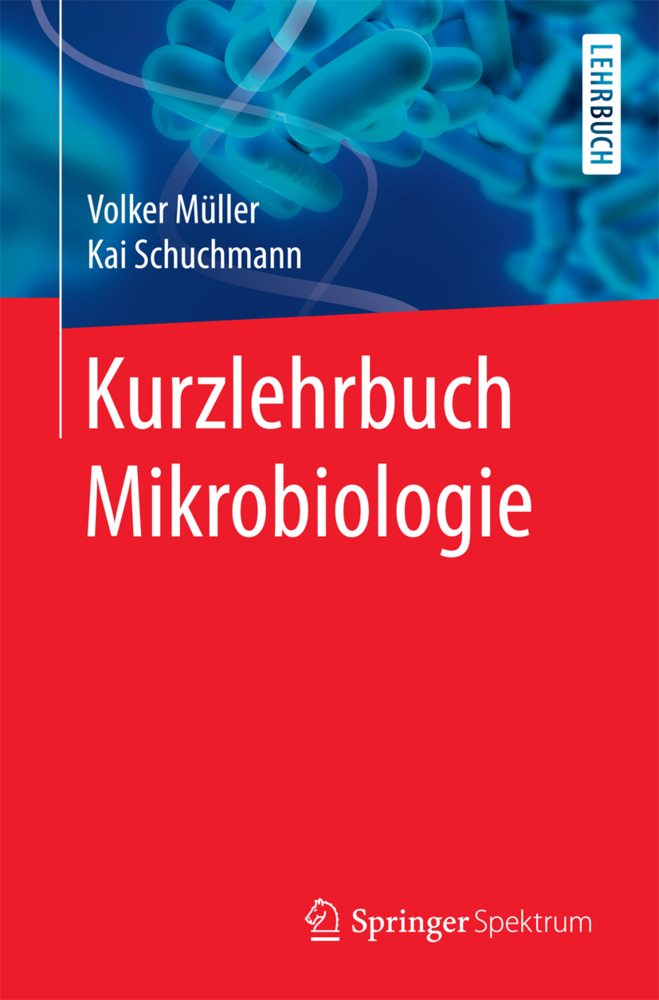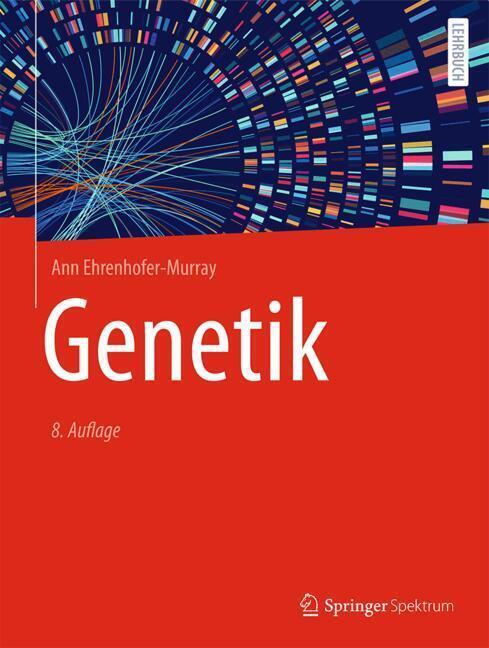Cellular Peptide Hormone Synthesis and Secretory Pathways
The concept of hormonal regulation using intercellular peptide messengers dates back to the discovery of secretin in 1902. The concept was simple: A peptide is released from specific hormone producing cells, endocrine cells, into circulation upon stimulation of the cells. The peptide hormone travels via blood to its target, the cells of which are equipped with specific receptors for high-affinity binding of the particular peptide hormone. Receptor binding subsequently elicits action of the target cells. This concept has been seriously challenged by modern biochemistry and cell biology. Thus, it is now well established that the gene of a specific peptide hormone may be expressed in different types of endocrine cells, in neurons, and in some instances also in adipocytes, myocytes, osteoblasts, and immune cells. Today, only a few hormones - including the old master hormone insulin - represent the original endocrine paradigm. Instead, the widespread cellular synthesis now raises the qu- tion of how the body maintains the regulation of its functions by peptide hormones when a hormone may originate from a variety of cells.
Chromogranins A and B and Secretogranin II as Prohormones for Regulatory Peptides from the Diffuse Neuroendocrine System
Neurotensin and Neuromedin N Are Differentially Processed from a Common Precursor by Prohormone Convertases in Tissues and Cell Lines
Ghrelin: From Gene to Physiological Function
Somatostatin and Somatostatin Receptors
ACTH: Cellular Peptide Hormone Synthesis and Secretory Pathways
Maturation of Secretory Granules
Cell-Specific Precursor Processing
Posttranslational Processing of Progastrin
Glucagon and Glucagon-Like Peptides 1 and 2.
VIP and PACAP
Biosynthesis of Cardiac Natriuretic PeptidesChromogranins A and B and Secretogranin II as Prohormones for Regulatory Peptides from the Diffuse Neuroendocrine System
Neurotensin and Neuromedin N Are Differentially Processed from a Common Precursor by Prohormone Convertases in Tissues and Cell Lines
Ghrelin: From Gene to Physiological Function
Somatostatin and Somatostatin Receptors
ACTH: Cellular Peptide Hormone Synthesis and Secretory Pathways
Maturation of Secretory Granules
Cell-Specific Precursor Processing
Posttranslational Processing of Progastrin
Glucagon and Glucagon-Like Peptides 1 and 2.
Rehfeld, Jens F.
Bundgaard, Jens R.
| ISBN | 978-3-642-11834-0 |
|---|---|
| Artikelnummer | 9783642118340 |
| Medientyp | Buch |
| Auflage | 1st Edition. |
| Copyrightjahr | 2010 |
| Verlag | Springer, Berlin |
| Umfang | VIII, 239 Seiten |
| Abbildungen | VIII, 239 p. 36 illus. |
| Sprache | Englisch |

